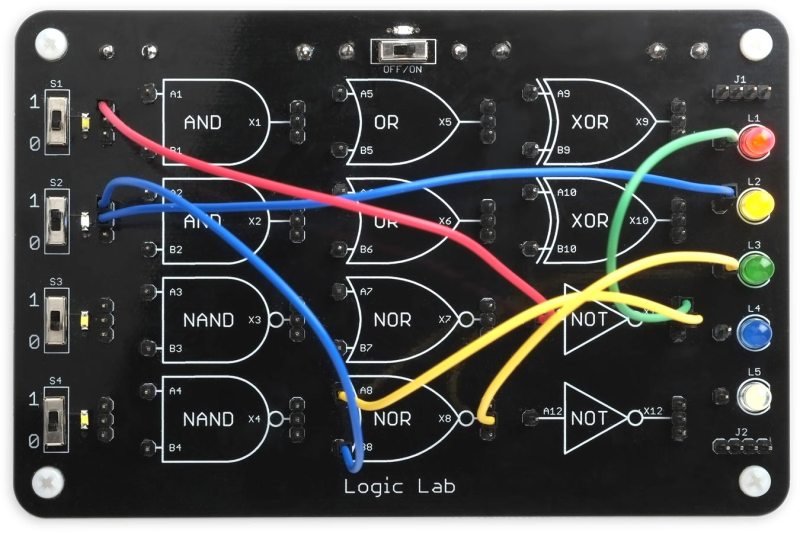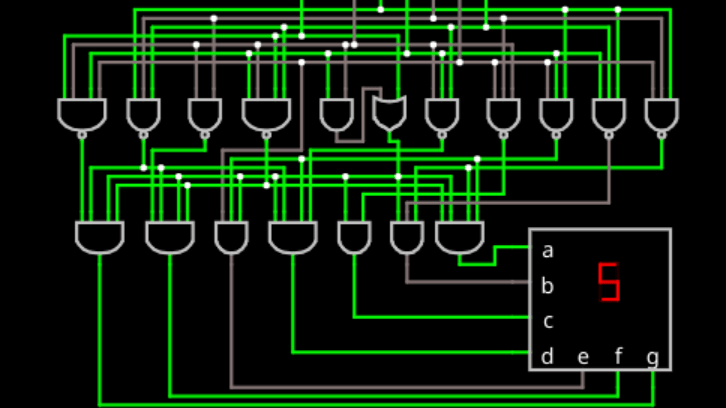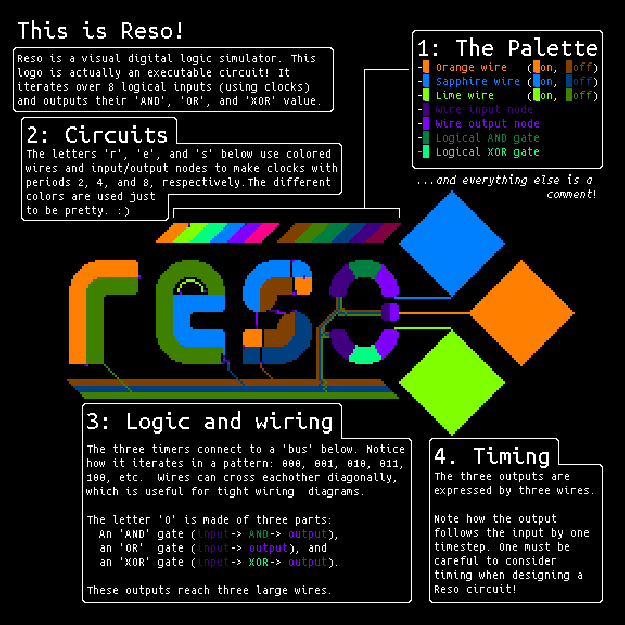We have a bit of a love/hate relationship with tools in the web browser. For education or just a quick experiment, we love having circuit analysis and FPGA tools at our fingertips with no installation required. However, we get nervous about storing code or schematics we might like to keep private “in the cloud.” However, looking at [Lode Vandevenne’s] LogicEmu, we think it is squarely in the educational camp.
You can think of this as sort of Falstad for logic circuits (although don’t forget Falstad does logic, too). The interface is sort of graphical, and sort of text-based, too. When …read more
Continue reading Online Logic Simulator Is Textual — No, Graphical→




